Ground shipping is currently paused. Local deliveries throughout Long Island will continue as usual. Pre-orders for fall are now open. Non-local orders will begin shipping again in early September. Click here to learn more.
Ground shipping is currently paused. Local deliveries throughout Long Island will continue as usual. Pre-orders for fall are now open. Non-local orders will begin shipping again in early September. Click here to learn more.
| Size | |
|---|---|
| Common Name | |
| Type | |
| Family | |
| Native? | |
| Zone | 4, 5, 5b, 6, 7, 8, 8b, 9 |
| Height Range (ft.) | 15 to 25 |
| Spread (ft.) | 6 to 15 |
| Bloom Time | |
| Bloom Description | Clusters, five-petaled flowers, White |
| Sun | |
| Water | |
| Maintenance | |
| Suggested Use | Hedge, naturalized areas, ornamental tree, Screen, wildlife gardens |
| Tolerate | |
| Growth Rate | |
| Attracts |

Amelanchier canadensis, or Serviceberry, is a native shrub or small tree with early spring blooms, edible berries, and brilliant fall foliage.
$21.99
Please note: Sizes 1.5 Gallon and up can’t be shipped outside the counties of Nassau, Suffolk, and Queens.
Learn more about how the process works and how our plants are delivered.
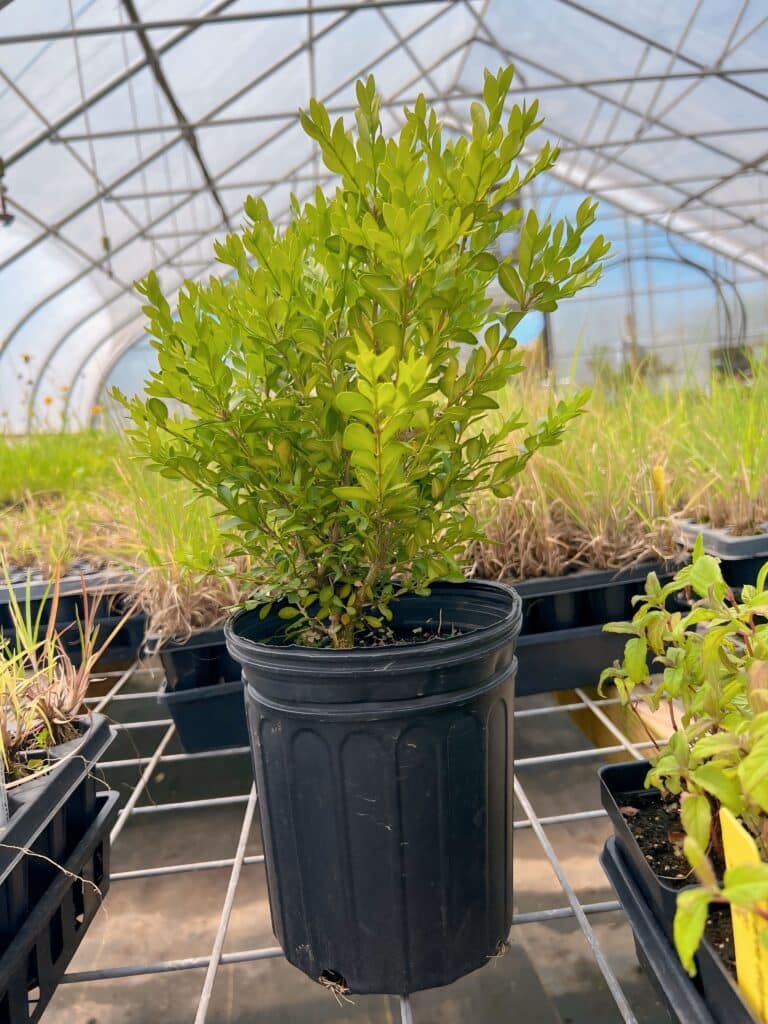


Ground shipping is paused due to summer heat. Only local delivery (Long Island & Queens) is available. Orders placed during the pause will begin processing September 1, and ground shipping will resume September 15.
| Size | |
|---|---|
| Common Name | |
| Type | |
| Family | |
| Native? | |
| Zone | 4, 5, 5b, 6, 7, 8, 8b, 9 |
| Height Range (ft.) | 15 to 25 |
| Spread (ft.) | 6 to 15 |
| Bloom Time | |
| Bloom Description | Clusters, five-petaled flowers, White |
| Sun | |
| Water | |
| Maintenance | |
| Suggested Use | Hedge, naturalized areas, ornamental tree, Screen, wildlife gardens |
| Tolerate | |
| Growth Rate | |
| Attracts |
Amelanchier canadensis, commonly known as Serviceberry or Shadblow, is a multi-stemmed native shrub or small tree beloved for its early spring flowers, edible summer berries, and vibrant fall color. Growing 15 to 25 feet tall, it has an upright, open habit and performs well in moist, well-drained soils, especially along woodland edges and in naturalized landscapes. White flowers emerge before the leaves in early spring, followed by sweet purple-black fruits in summer that are loved by birds and also edible for humans. In fall, the foliage turns brilliant shades of red and orange.
Multi-season beauty: Spring blooms, summer berries, and colorful fall foliage
Wildlife-friendly: Provides food and shelter for birds, pollinators, and beneficial insects
Adaptable and native: Grows well in a variety of garden styles and soil types
Sun exposure: Performs best in full sun to part shade
Soil needs: Prefers moist, acidic, well-drained soils but tolerates clay and loam
Maintenance: Minimal care required; prune to shape or maintain form if needed
Woodland edge: Ideal for naturalized areas or native hedgerows
Pollinator gardens: Early spring flowers provide vital nectar for bees
Edible landscapes: Fruits can be eaten fresh or used in preserves and baked goods
Wildlife support: Fruits feed birds and mammals; blooms support early-season pollinators
Erosion control: Root system stabilizes soil near streams or slopes
Biodiversity boost: Encourages native insects and birds in managed landscapes
/5
Total reviews
|
|
Persons recommended this product
Anonymous
Shopper
check_circle Verified
Shop owner replied
Was this helpful
Anonymous
Shopper
check_circle Verified
Shop owner replied
Was this helpful
There are no reviews yet.
Be the first to review “ ”
Your feedback helps us improve our service.
Please log in to submit a review.
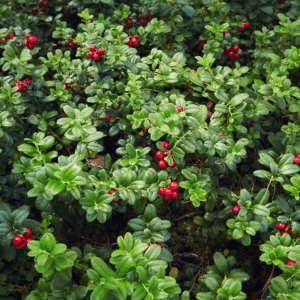


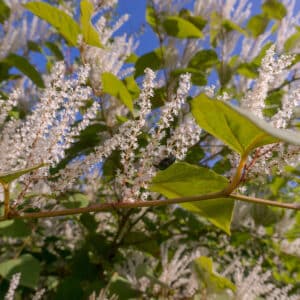


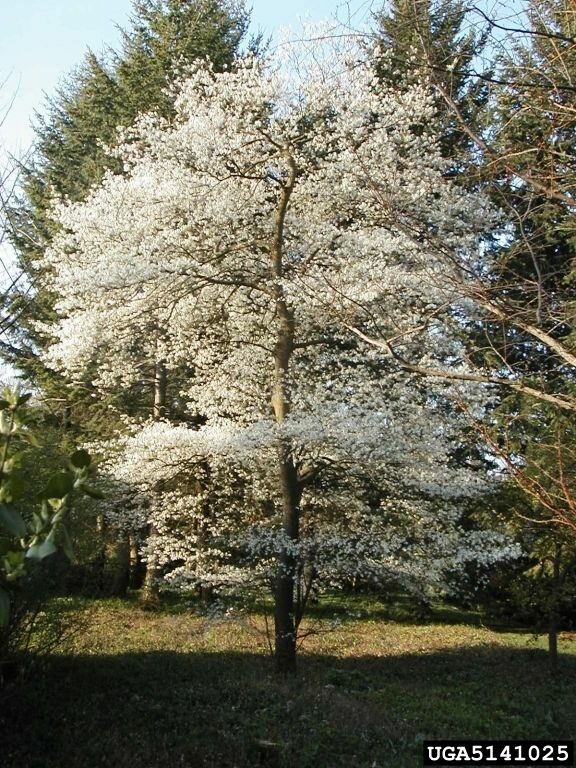
Yes. Amelanchier canadensis is native to the eastern United States, commonly found in moist woods, thickets, and along streambanks. It is a valuable native shrub or small tree that supports pollinators, birds, and other wildlife.
Yes. Serviceberry produces small, blueberry-like fruit in early summer that is edible for humans and loved by birds. The berries are sweet, juicy, and can be eaten fresh or used in pies, jams, and baked goods.
Amelanchier canadensis typically grows 15 to 25 feet tall and 10 to 15 feet wide, either as a large multi-stemmed shrub or small tree. It has an upright, vase-like shape and four-season interest with spring flowers, summer berries, vibrant fall color, and smooth gray bark in winter.
Serviceberry thrives in full sun to partial shade and prefers moist, well-drained, slightly acidic soil. It is hardy in USDA zones 4 through 9 and adapts well to both naturalized and formal garden settings. It tolerates wet soils and is also a good choice for rain gardens and woodland edges.
Absolutely. The early spring flowers support native bees and other pollinators, while the berries provide food for birds and small mammals. As a native species, it also serves as a host plant for a variety of native moth and butterfly larvae, making it a top choice for biodiversity.
Our gift cards make it easy to share the beauty of plants, flowers, and all things green. Whether for a special occasion or just because, give the gift of choice and let them select their favorites to create a garden they’ll cherish.
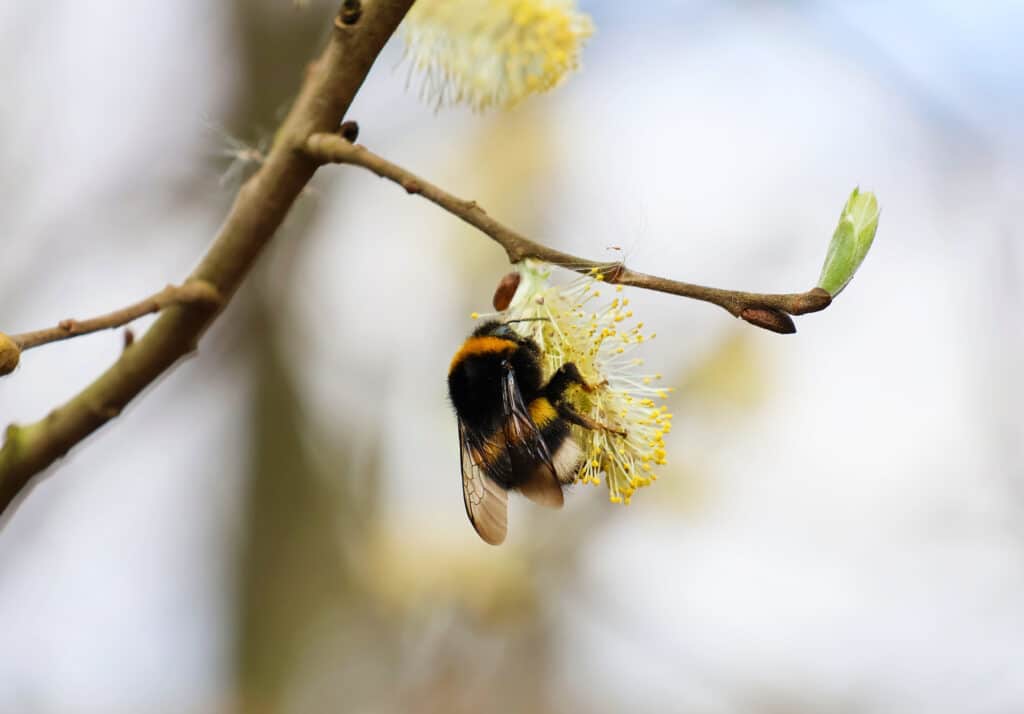
Only Local Delivery Available (Long Island & Queens)
Ground Shipping Paused
To protect our plants from extreme summer heat, we’ve paused nationwide ground shipping to avoid any damage during transit.
Local Delivery Only
We’re still delivering locally to Long Island and Queens, so nearby customers will continue to receive orders as usual.
Fall Pre-Orders Are Open Nationwide!
We will resume normal shipping for non-local orders placed during the pause in early September.
Thank you for your support and understanding—we’re looking forward to growing with you this fall!